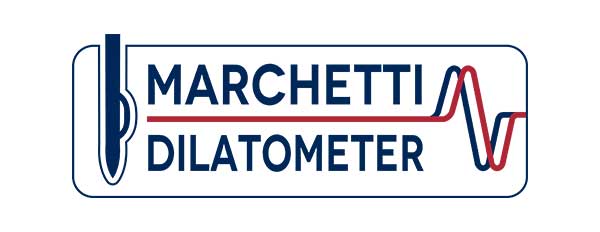Generally adopted formulae for estimating soil parameters from DMT results.
Stress history is important, as it significantly increases moduli and, in sand, liquefaction resistance.
The Stress History parameter KD by DMT is considerably more sensitive to Stress History than other in situ tools.
DMT dissipation Interpretation, dissipation test in cohesive soils, validation of consolidation coefficient DMT vs. other dissipation tests.
The DMT Material Index ID is an index helpful for identifying the soil composition (sand, silt, clay).
Cu at National Site FUCINO – ITALY, Cu comparisons from DMT and from other tests.

